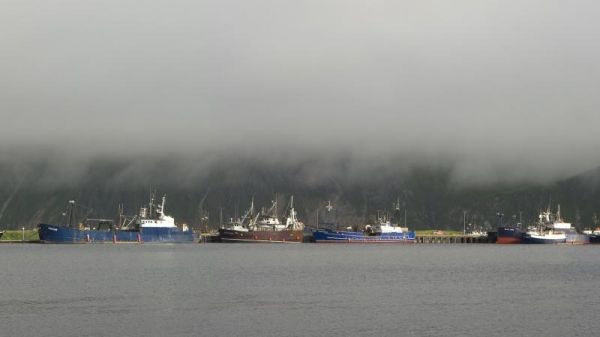New research conducted by scientists at The University of New Mexico suggests climate-driven tree mortality and fuel aridity are increasing fuel availability in forests leading to record-breaking wildfires in size, spread and plume formation.
articles
How Do Tiny Aerosol Particles Like Dust And Sea Salt Change Cloud Formation?
New NSF-funded research led by Texas A&M’s Yue Zhang will examine aerosol and cloud interactions, which have major implications for climate models and predictions.
New Approach to Evaluate Fish Stock Productivity under Changing Climate Conditions
Scientists see an overall decline in Pacific cod and pollock productivity in the Gulf of Alaska as compared to recent decades.
Disappearing Lake Tuz
Once the second-largest lake in Turkey, it now rarely spans an area much larger than a puddle.
Marine Life Can Cling Together to Buy Time in the Face of Climate Warming
Some marine species can help protect others from climate change by shielding them from heat, according to a new study by a Texas A&M University at Galveston professor.
Measuring Salt in the Ocean May Be Key to Predicting Hurricane Intensity
NOAA & Saildrone team up to gather unprecedented extreme weather data










